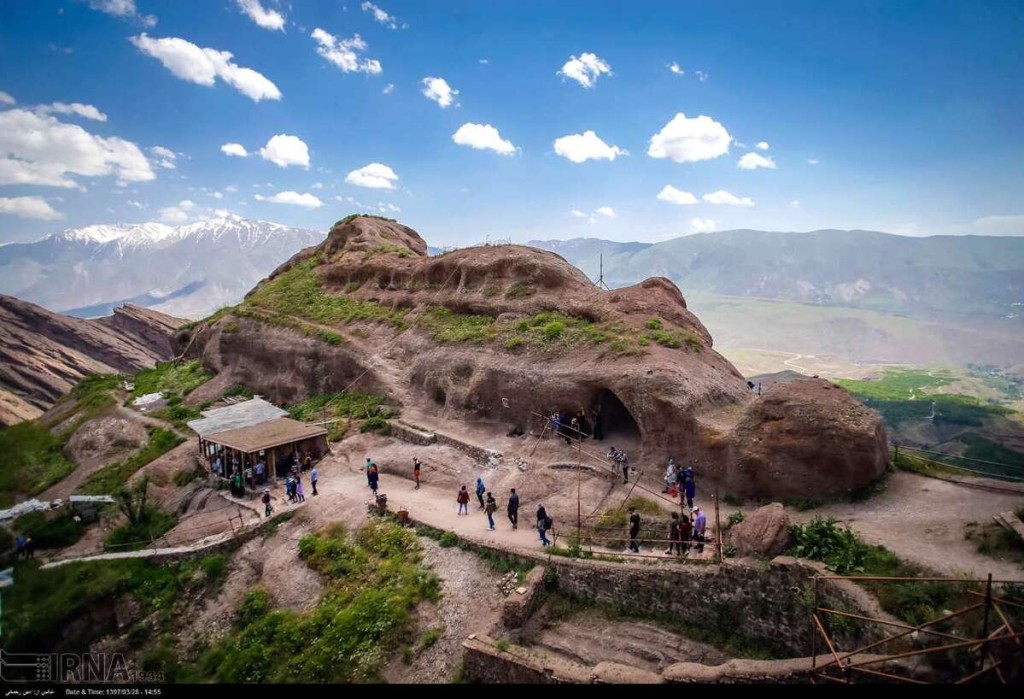
Ismailis in Iran are, in fact, a sub-branch of the Shiite Muslims who are known by various names like Ismailis, Bateni, Qermati, Saba’ie, etc.
The point of diversion between them and 12-Imam Shiite branch (the dominant branch in Iran) began after the 6th Imam, Jafar-e-Sadeq. Unlike the Twelvers who believe the 7th Imam is the 6th Imam’s son called Musa Kazem, Ismailis believe that the next righteous Imam is his other son, called Ismail.
This sect of Shiites is also called 7 Imam Shiites or Seveners, because of their belief in the 7th Imam. Ismail’s son had to follow up the leadership of his followers behind scenes, because Ismilis were afraid of their enemies especially Abbasid Caliphs. The leadership of Ismailis still goes on in a hidden manner.
Fatimids’ Caliphate
It was in 10th century that Ismailis founded a government at North Africa under the name of Fatimids Caliphate system. Since then, they turned to be a strong power in the Islamic world and grew much mightier than before. Their ruling realm was gradually expanded to other countries like Egypt, Syria, Iraq, etc as a result of summoning some people as missioners who tried to absorb more and more followers.
The Situation of Ismailis in Iran
Baghdad, then, was the capital of Seljuks who believed in the Sunni branch of Islam (then and now the dominant branch in the whole world of Islam). On the other hand, the Seljuks were the invaders who were defending the previous invaders, Arabs. Like Baghdad Caliphs, Seljuk invaders were Sunnis after they had converted to Islam. Although the majority of Iranians were Sunnis too, they had been treated by both of them as the invaded nation.
The caliphate system at North Africa declined, but did not collapse. Their movement was renewed and continued for another 170 years in Iran under the leadership of Hasan-e-Sabbah and his successors. He set his headquarter in a fortress up in the mountains of the central Alborz called Alamut fortress and led his followers from there.
His successors maintained the leadership of Ismailis from Alamut fortress until 1256. It was in 1256 that Mongols seized the Ismailis’ castle. Then, the Ismailis in Iran had to go on with their activities for some time in a hidden way and then escape to the eastern neighboring countries, most of all, to India.
Since the leaders of Ismailis were interested very much in studying and researching, they founded a well-known library in India to which many famous researchers were attracted. When in Iran, they had also had very well-provided libraries.
Facts & Fictions about the Ismailis in Iran
Western writers and travelers have written stories describing the beliefs and works of Ismailis that are not approved by Ismailis.
The common theme of such stories is as follow:
“There is an old man who is the head of Ismailis living in a castle high in the mountains difficult to reach. There he has made an example of how heaven has been elaborated in Koran to tempt the young sons of his subject villagers to do whatever he wants. Instead, they could enter the heaven promised by God.
This elder of mountains was as highly respected as a prophet by the villagers. Their sons of 12 to 20 years of age were sent to such fortresses to be taught of Ismailis? doctrine of Islam, to be acquainted with the quality and value of heaven (with all its tempting joys like streams of milk, honey, water and wine and beautiful female angels, etc) and to be prepared to do whatever the elder wants them to do; meaning killing an enemy by a gold-made dagger presented to them by the elder.
At the end, either killed or victorious, they could enter heaven. To start to be prepared to do their mission, they were given hashish (the Arabic word from which “assassin” has been derived) to deprive them from referring to their sound mind and have them act according to the elder’s commands.”
It is noteworthy that Ismailis are called Assassins by Westerners. The word “Assassin” comes from the Arabic word “hashish”. There was not such substance in Iran at the time of Ismailis. The Seveners of Iran did not speak Arabic and did not take hashish. So, it will not be a proper name to attribute to them.
But Ismailis of Iran reject these stories and introduce themselves as the true followers of Mohammad, the prophet of Islam. They believe that the lack of understanding of the philosophy of martyrdom in Islam by the western writers has led them astray. Ismailis were going out to different cities and countries after being trained to invite others to their religious doctrines.
Hasan-e-Sabbah was an activist of his time against the Turk invaders, Seljuks, occupying Iran and supporting Sunni Abbasid Caliphs. As a matter of fact, they were the first political oppositions who had their enemies killed.
Hasan-e-Sabbah
He was born at Qom, one of the early settlements of Arabs in Iran and a center of Twelvers in the early 11th century. He went on with his religious schooling at Rey, near Tehran, the center of Ismailis activists. First he was against them, but later became the leader of them inviting others to this doctrine too.
He set up his fortress at Alamut in an area where people were the last Iranians converting to Islam. The area was called Daylam and the people were always warriors disobeying Arabs and other invaders. In politics, they wanted their own independent dynasties and in religion, they wanted a branch different from that of Arab invaders.
Hasan-e-Sabbah managed to get some Seljuk officials assassinated in Iran and turn to be the major threat to ruling Seljuks. During this period of 170 years, Hasan-e-Sabbah and his successors created dreadful nightmares for the enemies of Iranians until, Hulagu, the Mongol seized the Alamut fortress.
Ismailis’ Famous Fortresses in Iran
Some of the preserved fortresses in Iran are Alamut (north of Qazvin), Lambesar (near Shahrud river), Gerd Kuh (near Esfehan), Khalenjan (near Esfehan), Meymoon Dezh (at Rudbar) and Samiran (near Manjil – the best preserved in its area out of many).






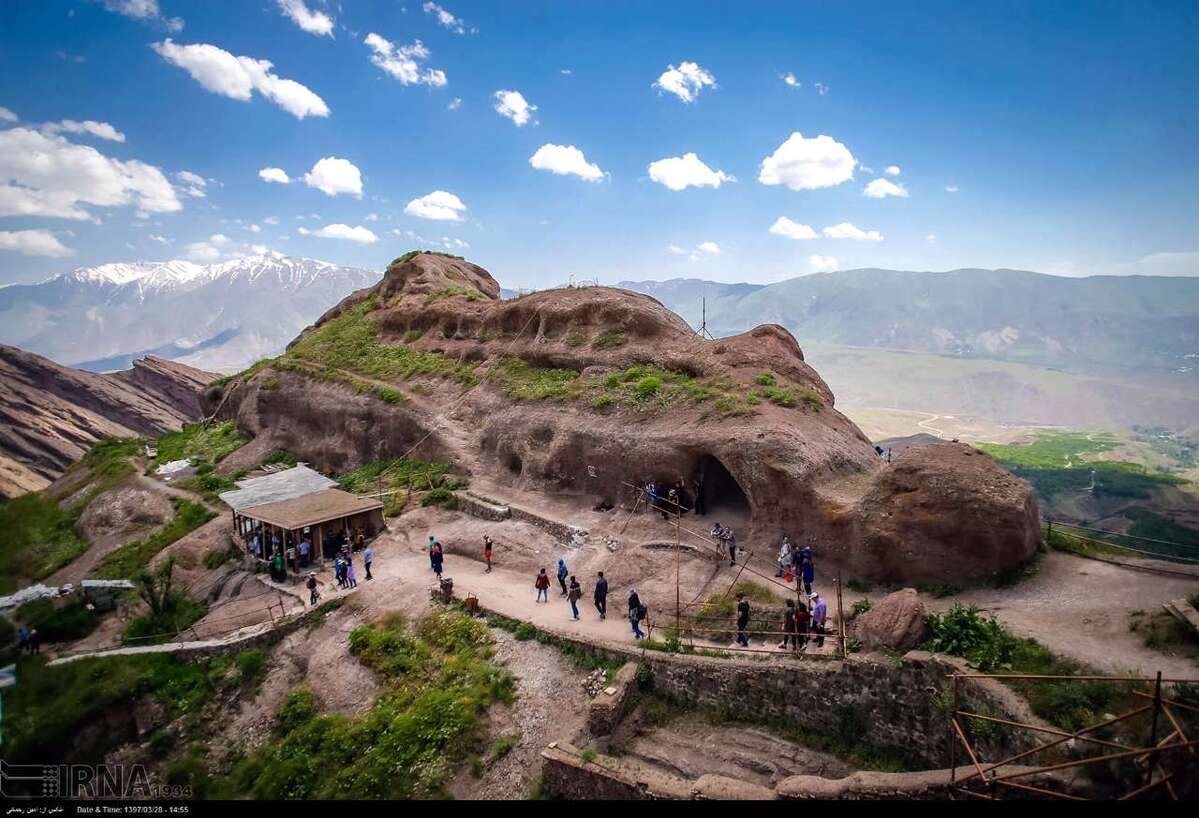

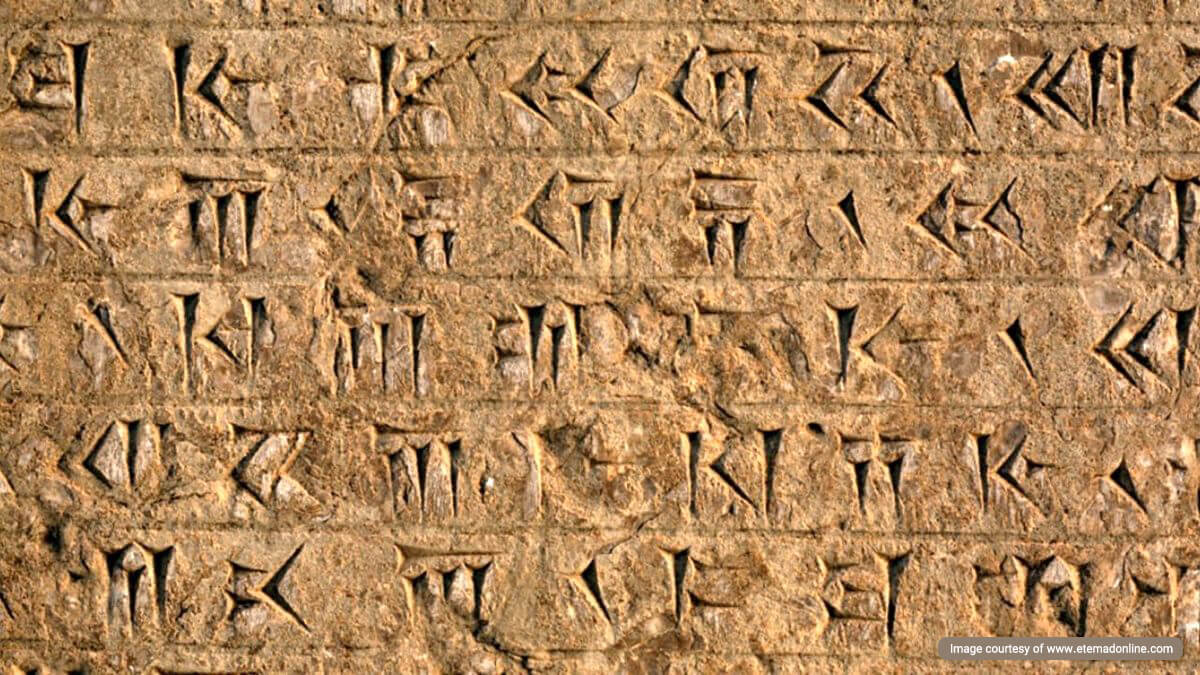
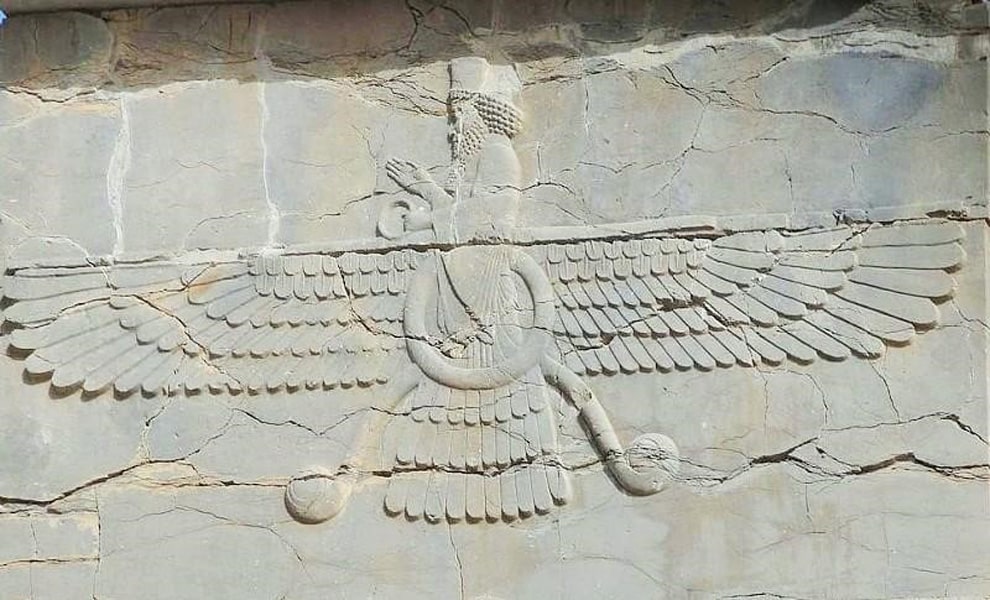
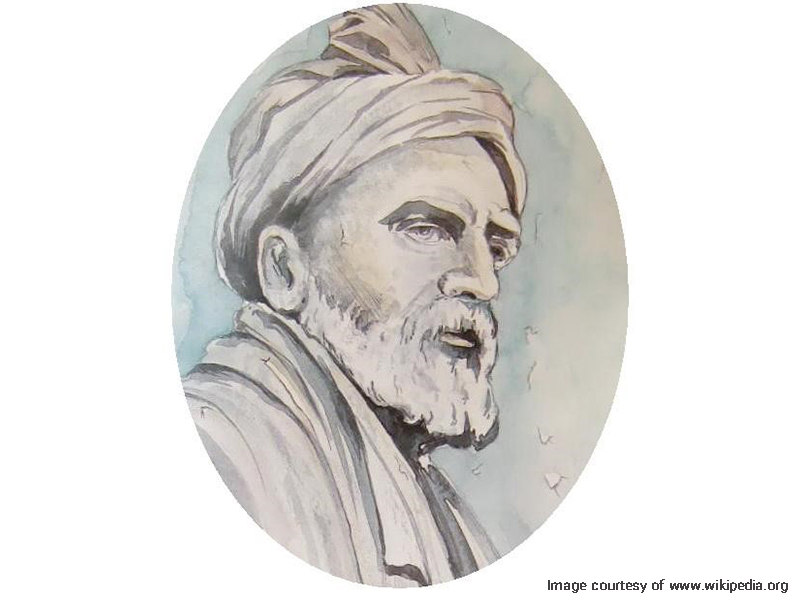




Ismailie’s ruled in Iran for more then 200 hundred years their headquarter was Almouth fort